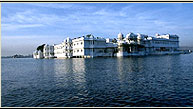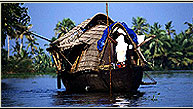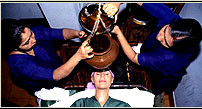Buddhist Sites
-| Keraria | -
Location: Lat 26º 21' N, Long 84º 52'E
Kesariya is located about 50 kms. south of Motihari, the district headquarter
of East Champaran and nearly 110 kms. north of Patna, the state capital of Bihar.
The major finding is a lofty stupa locally famous as “Derora” or "Raja
Bana ka Garh” under the Tejpur village of Kesaria block headquarter (Champaran
Distt.). The river Gandak is about 6 kms. away from the site. The mound is traditionally
associated with a mythical king of the Puranas - the ancient Indian scriptures.
The Chinese Buddhist pilgrim of 7th century AD, who visited the site, also refers
the same traditional story of the site in his account.
The place is believed to be associated with Alara Kalam, a great philosopher
of Lord Buddha's time. It has been identified as Kesapattanigam in the ancient
Buddhist texts.
The excavation has brought to light the stupa structure in terraced circular
Buddhist bricks laid in a very thin layer of mud mortar and capped by a large
cylindrical drum of solid brick work. The circular base of the stupa, as per
present projection, measures about 123 meter in diameter and rises up in six
terraces. The original height of the stupa was probably 143 feet before the
earth quake of 1934, which had damaged the super structure and was subsequently
repaired by the British in modern bricks. The present height of 104 feet is
one feet more than the famous Borobodur stupa of Java which was supposed be
constructed in 800 AD, after 1200 years of Kesariya stupa.
The excavation has bought to light three constructional phases of stupa from
Sunga, Kushan,Gupta and later Gupta period. Apart from a head of Buddha image
belonging to 6th / 7th Century AD, the other significant finds are Islamic coins,
iron arrow-heads, copper ring, stone and terracotta beads, sling balls, hopscotch,
terracotta wheels etc.
Keraria - Buddhist, Archaeology
in India
Reservation Form
 Special
Indian Tour packages Special
Indian Tour packages |



